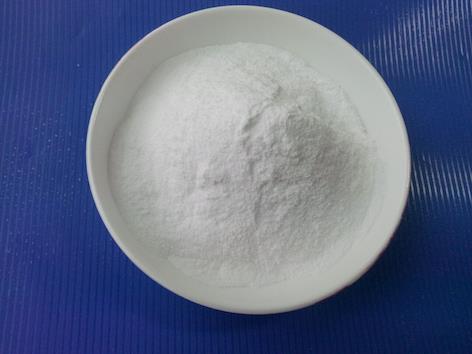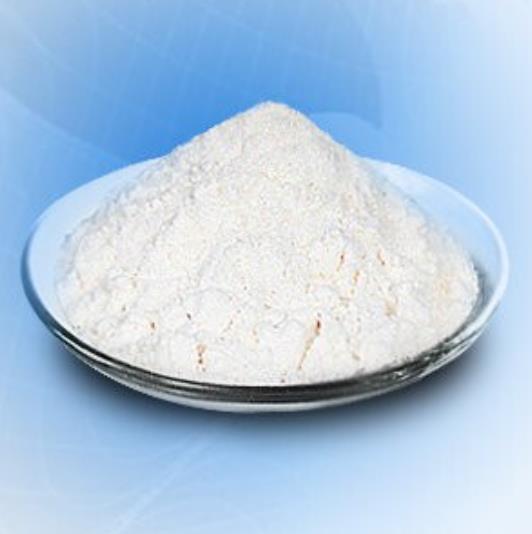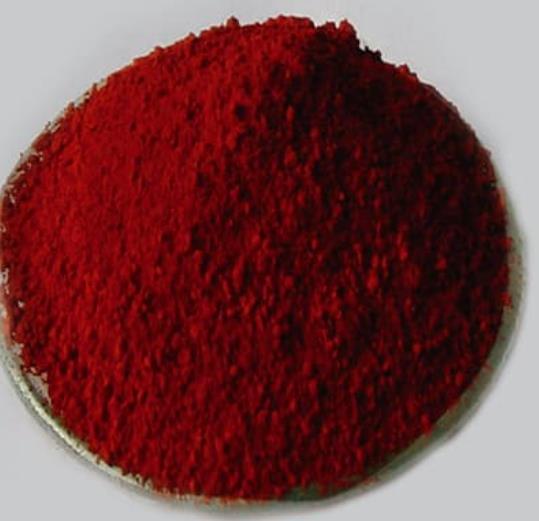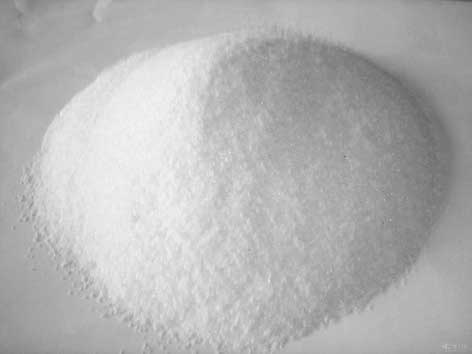Dextran: Application, pharmacokinetics and toxicity
General description
Dextran is a complex branched glucan (polysaccharide derived from the condensation of glucose), originally derived from wine. IUPAC defines dextrans as "Branched poly-α-d-glucosides of microbial origin having glycosidic bonds predominantly C-1 → C-6". Dextran chains are of varying lengths (from 3 to 2000 kilodaltons). The polymer main chain of dextran consists of α-1,6 glycosidic linkages between glucose monomers, with branches from α-1,3 linkages. This characteristic branching distinguishes a dextran from a dextrin, which is a straight chain glucose polymer tethered by α-1,4 or α-1,6 linkages.[1] The appearance of dextran is as follows:

Figure 1 Appearance of Dextran.
Application
Dextran 70 is on the WHO Model List of Essential Medicines, the most important medications needed in a health system.[2] Medicinally dextran is used as an antithrombotic (antiplatelet), to reduce blood viscosity, and as a volume expander in hypovolaemia.[3] These agents are used commonly by microsurgeons to decrease vascular thrombosis. The antithrombotic effect of dextran is mediated through its binding of erythrocytes, platelets, and vascular endothelium, increasing their electronegativity and thus reducing erythrocyte aggregation and platelet adhesiveness. Dextrans also reduce factor VIII-Ag Von Willebrand factor, thereby decreasing platelet function. Clots formed after administration of dextrans are more easily lysed due to an altered thrombus structure (more evenly distributed platelets with coarser fibrin). By inhibiting α-2 antiplasmin, dextran serves as a plasminogen activator, so possesses thrombolytic features.
Outside of these features, larger dextrans, which do not pass out of the vessels, are potent osmotic agents, thus have been used urgently to treat hypovolemia. The hemodilution caused by volume expansion with dextran use improves blood flow, thus further improving patency of microanastomoses and reducing thrombosis. Still, no difference has been detected in antithrombotic effectiveness in comparison of intra-arterial and intravenous administration of dextran. Dextrans are available in multiple molecular weights ranging from 3,000 Da to 2,000,000 Da. The larger dextrans (>60,000 Da) are excreted poorly from the kidney, so remain in the blood for as long as weeks until they are metabolized. Consequently, they have prolonged antithrombotic and colloidal effects. In this family, dextran-40 (MW: 40,000 Da), has been the most popular member for anticoagulation therapy. Close to 70% of dextran-40 is excreted in urine within the first 24 hours after intravenous infusion, while the remaining 30% are retained for several more days.
Pharmacokinetics
Various physical and chemical properties like hydrophilic-lipophilic balance, molecular size and shape, flexibility, and charge influence the pharmacokinetics of dextran. Metabolism of dextrans by dextranases and extrarenal excretion account for only 2– 10% of the total drug expelled from the body. Persistence of dextrans in the systemic circulation and elimination by the renal route are dependent on the size of dextrans and their molecular weight distribution. Dextran species with a molecular weight below 15,000 Da are filtered unrestricted, and consequently the elimination half-life of dextran 1 is relatively short (2 h) and that of dextran 40 (10 h) or dextran 60 (42 h) much longer. In patients with renal insufficiency, elimination is impaired, parallel to the reduction in glomerular filtration rate, and smaller doses are advisable in these patients.[4]
Toxicity
Although relatively few side effects are associated with dextran use, these side effects can be very serious. These include anaphylaxis,[5] volume overload, pulmonary edema, cerebral edema, or platelet dysfunction. An uncommon but significant complication of dextran osmotic effect is acute kidney injury.[6] The pathogenesis of this kidney failure is the subject of many debates with direct toxic effect on tubules and glomerulus versus intraluminal hyperviscosity being some of the proposed mechanisms. Patients with history of diabetes mellitus, chronic kidney disease, or vascular disorders are most at risk. Brooks and others recommend the avoidance of dextran therapy in patients with chronic kidney disease.
References
[1]Thomas et al (2006). Functional Polymers Based on Dextran. Adv. Polym. Sci. Advances in Polymer Science. 205: 199–291.
[2]19th WHO Model List of Essential Medicines (April 2015). WHO. April 2015. Retrieved May 10, 2015.
[3]Lewis et al. (2010). Medical Surgical Nursing (8th ed.). ISBN 978-0323079150.
[4]Suneela et al. (2021). Dextran Pharmaceutical Applications. Polysaccharides of Microbial Origin. Springer.
[5]CosmoFer - Summary of Product Characteristics (SmPC) - (eMC). www.medicines.org.uk.
[6]Feest et al. (1976). Low molecular weight dextran: A continuing cause of acute renal failure. British Medical Journal. 2 (6047): 1300.
You may like
Related articles And Qustion
Lastest Price from Dextran manufacturers

US $0.00-0.00/KG2025-07-08
- CAS:
- 9004-54-0
- Min. Order:
- 1KG
- Purity:
- Mw: 35000-45000; EP; Injection grade
- Supply Ability:
- 10 tons

US $1.00-4.00/KG2025-05-13
- CAS:
- 9004-54-0
- Min. Order:
- 1KG
- Purity:
- 99%
- Supply Ability:
- 200000KG



